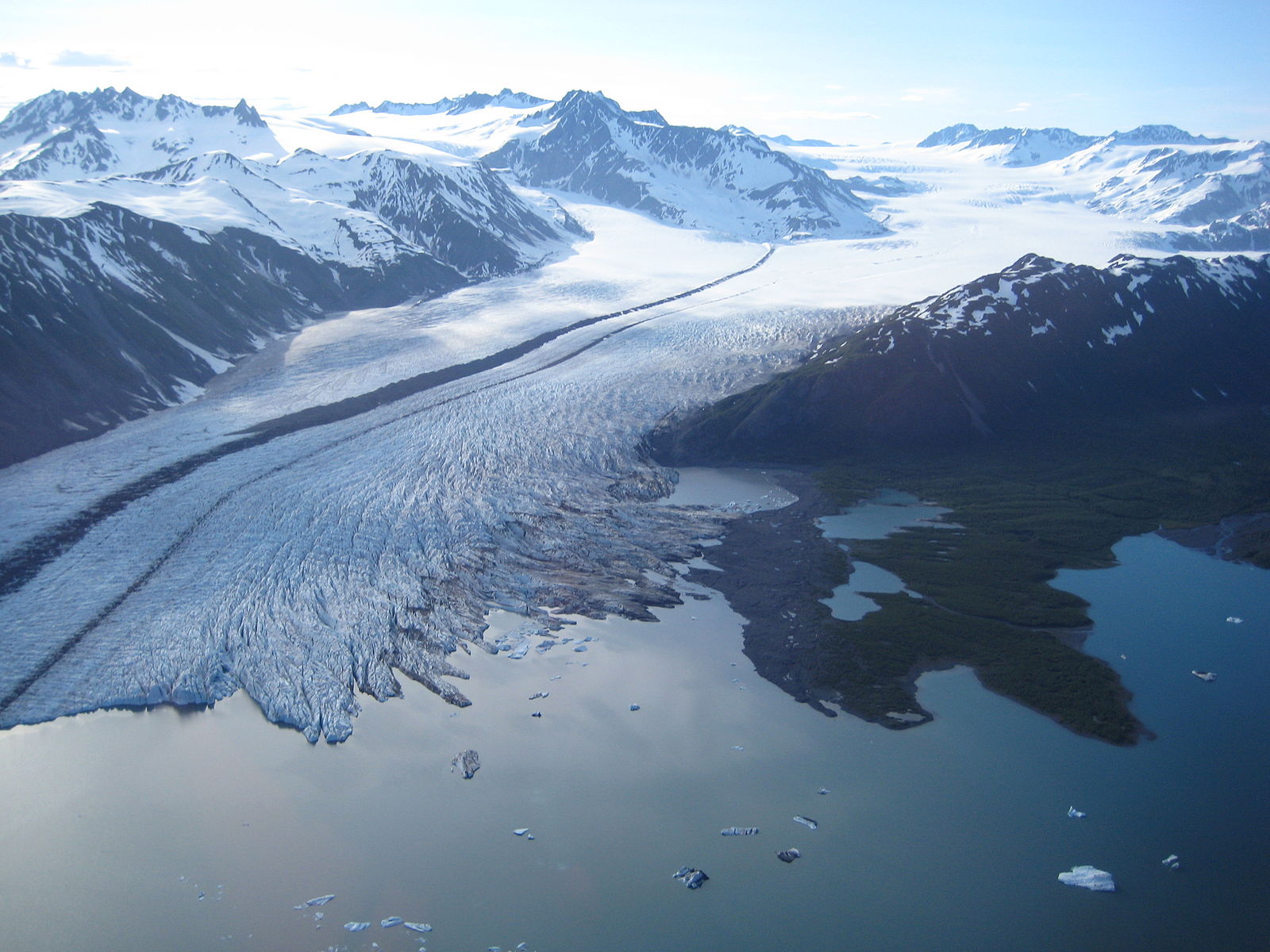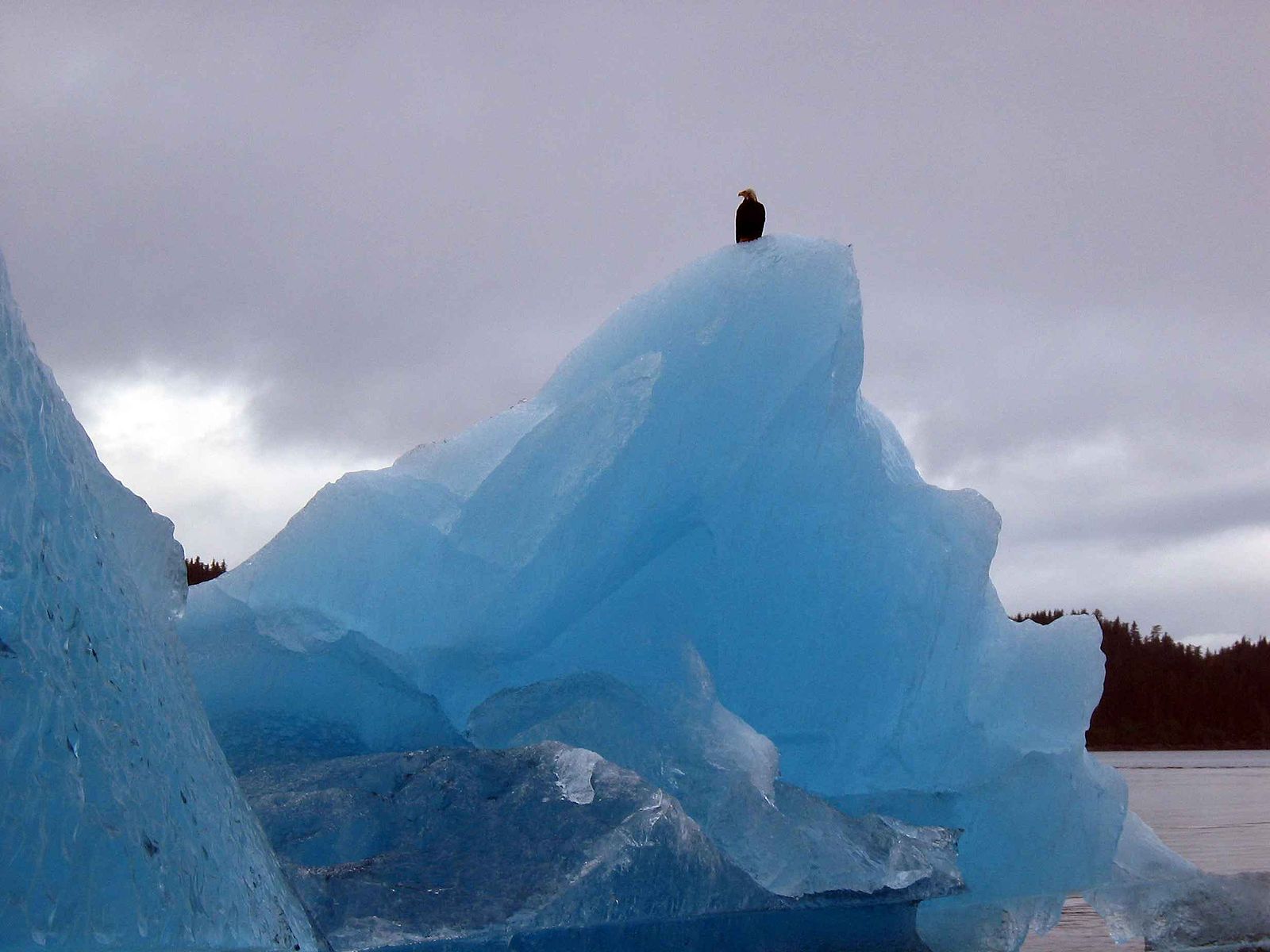According to the Glossary of Glacier Mass Balance and Related Terms, a glacier is a perennial mass of ice, and possibly firn and snow, originating on the land surface by the recrystallization of snow or other forms of solid precipitation and showing evidence of past or present flow (Cogley et al., 2011).
Glaciers form in locations where the accumulation of snow exceeds its ablation (melting and sublimation) over many years, often decades or centuries. On Earth, 99% of glacial ice is contained within vast ice sheets in polar regions (primarily the Antarctic and Greenland ice sheets), but glaciers may be found in mountain ranges of every continent except Australia. In the tropics, glaciers occur only at high elevations.
References
Glaciers Links
Material on this page was edited by Maren Pauly, Department of Geography, University of Waterloo. For photograph references, hover over image.



